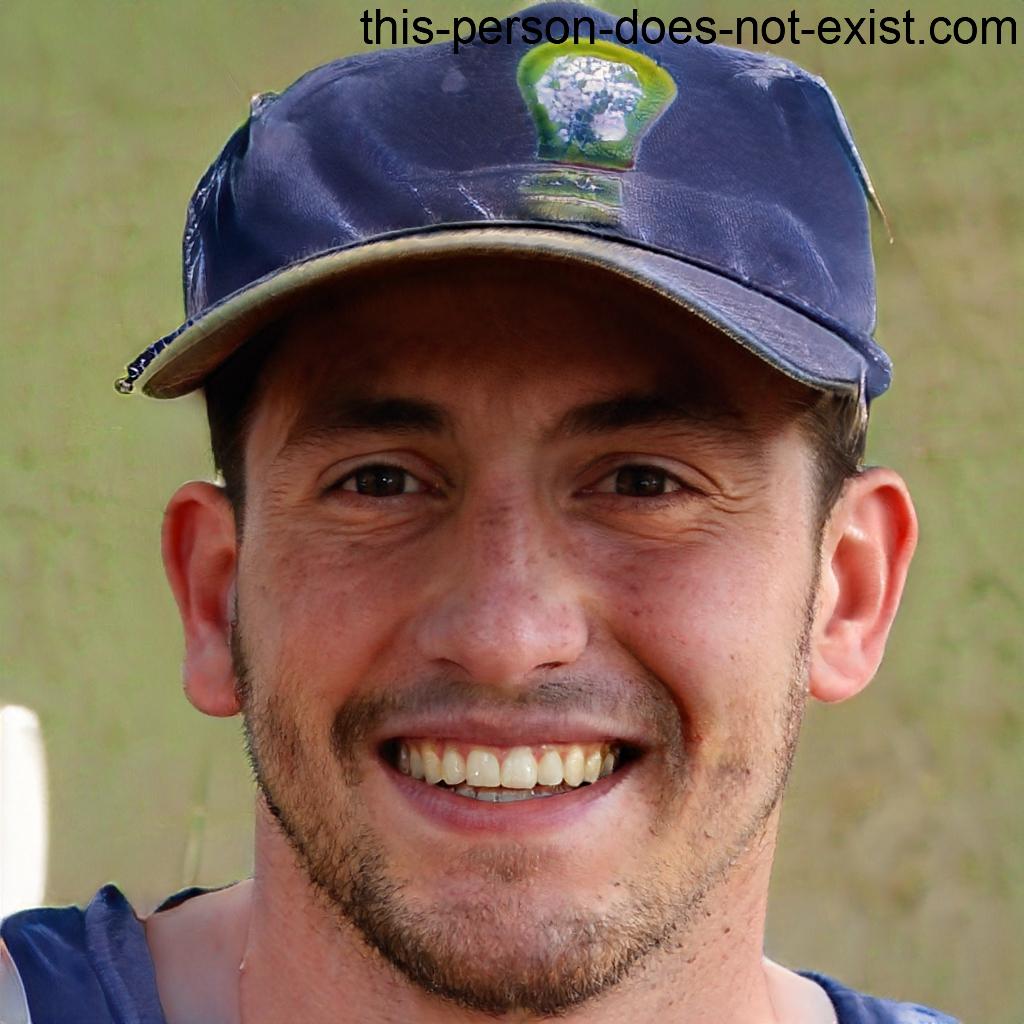What concepts or facts do you know from math that is mind blowing, awesome, or simply fascinating?
Here are some I would like to share:
- Gödel’s incompleteness theorems: There are some problems in math so difficult that it can never be solved no matter how much time you put into it.
- Halting problem: It is impossible to write a program that can figure out whether or not any input program loops forever or finishes running. (Undecidablity)
The Busy Beaver function
Now this is the mind blowing one. What is the largest non-infinite number you know? Graham’s Number? TREE(3)? TREE(TREE(3))? This one will beat it easily.
- The Busy Beaver function produces the fastest growing number that is theoretically possible. These numbers are so large we don’t even know if you can compute the function to get the value even with an infinitely powerful PC.
- In fact, just the mere act of being able to compute the value would mean solving the hardest problems in mathematics.
- Σ(1) = 1
- Σ(4) = 13
- Σ(6) > 101010101010101010101010101010 (10s are stacked on each other)
- Σ(17) > Graham’s Number
- Σ(27) If you can compute this function the Goldbach conjecture is false.
- Σ(744) If you can compute this function the Riemann hypothesis is false.
Sources:
- YouTube - The Busy Beaver function by Mutual Information
- YouTube - Gödel’s incompleteness Theorem by Veritasium
- YouTube - Halting Problem by Computerphile
- YouTube - Graham’s Number by Numberphile
- YouTube - TREE(3) by Numberphile
- Wikipedia - Gödel’s incompleteness theorems
- Wikipedia - Halting Problem
- Wikipedia - Busy Beaver
- Wikipedia - Riemann hypothesis
- Wikipedia - Goldbach’s conjecture
- Wikipedia - Millennium Prize Problems - $1,000,000 Reward for a solution
11 X 11 = 121
111 X 111 = 12321
1111 X 1111 = 1234321
11111 X 11111 = 123454321
111111 X 1111111 = 12345654321
You could include 1 x 1 = 1
But thats so cool. Maths is crazy.
Amazing in deed!
Just a small typo in the very last factor
1111111.holt shit
Seeing mathematics visually.
I am a huge fan of 3blue1brown and his videos are just amazing. My favorite is linear algebra. It was like an out of body experience. All of a sudden the world made so much more sense.
His video about understanding multiple dimensions was what finally made it click for me
Godel’s incompleteness theorem is actually even more subtle and mind-blowing than how you describe it. It states that in any mathematical system, there are truths in that system that cannot be proven using just the mathematical rules of that system. It requires adding additional rules to that system to prove those truths. And when you do that, there are new things that are true that cannot be proven using the expanded rules of that mathematical system.
"It’s true, we just can’t prove it’.
Incompleteness doesn’t come as a huge surprise when your learn math in an axiomatic way rather than computationally. For me the treacherous part is actually knowing whether something is unprovable because of incompleteness or because no one has found a proof yet.
Thanks for the further detail!
Euler’s identity is pretty amazing:
e^iπ + 1 = 0
To quote the Wikipedia page:
Three of the basic arithmetic operations occur exactly once each: addition, multiplication, and exponentiation. The identity also links five fundamental mathematical constants:[6]
The number 0, the additive identity.
The number 1, the multiplicative identity.
The number π (π = 3.1415…), the fundamental circle constant.
The number e (e = 2.718…), also known as Euler’s number, which occurs widely in mathematical analysis.
The number i, the imaginary unit of the complex numbers.The fact that an equation like that exists at the heart of maths - feels almost like it was left there deliberately.
A simple one: Let’s say you want to sum the numbers from 1 to 100. You could make the sum normally (1+2+3…) or you can rearrange the numbers in pairs: 1+100, 2+99, 3+98… until 50+51 (50 pairs). So you will have 50 pairs and all of them sum 101 -> 101*50= 5050. There’s a story who says that this method was discovered by Gauss when he was still a child in elementary school and their teacher asked their students to sum the numbers.
To me, personally, it has to be bezier curves. They’re not one of those things that only real mathematicians can understand, and that’s exactly why I’m fascinated by them. You don’t need to understand the equations happening to make use of them, since they make a lot of sense visually. The cherry on top is their real world usefulness in computer graphics.
Goldbach’s Conjecture: Every even natural number > 2 is a sum of 2 prime numbers. Eg: 8=5+3, 20=13+7.
https://en.m.wikipedia.org/wiki/Goldbach’s_conjecture
Such a simple construct right? Notice the word “conjecture”. The above has been verified till 4x10^18 numbers BUT no one has been able to prove it mathematically till date! It’s one of the best known unsolved problems in mathematics.
Wtf !
There are more infinite real numbers between 0 and 1 than whole numbers.
How Gauss was able to solve 1+2+3…+99+100 in the span of minutes. It really shows you can solve math problems by thinking in different ways and approaches.
50*101?
Yep. N * (n + 1) / 2.
You can think of it as.
1 + 2 + 3 + 4 ... 100 + 100 + 99 + 98 + 97 + 1101 + 101 + 101 ... 101 = 2 * sum(1+2+3...100)
The Monty hall problem makes me irrationally angry.
I found the easiest way to think about it as if there are 10 doors, you choose 1, then 8 other doors are opened. Do you stay with your first choice, or the other remaining door? Or scale up to 100. Then you really see the advantage of swapping doors. You have a higher probability when choosing the last remaining door than of having correctly choosen the correct door the first time.
Edit: More generically, it’s set theory, where the initial set of doors is 1 and (n-1). In the end you are shown n-2 doors out of the second set, but the probability of having selected the correct door initially is 1/n. You can think of it as switching your choice to all of the initial (n-1) doors for a probability of (n-1)/n.
Holy shit this finally got it to click in my head.
deleted by creator
I find the easiest way to understand Monty Hall is to think of it in a meta way:
Situation A - A person picks one of three doors, 1 n 3 chance of success.
Situation B - A person picks one of two doors, 1 in 2 chance of success.
If you were an observer of these two situations (not the person choosing doors) and you were gonna bet on which situation will more often succeed, clearly the second choice.
But the issue is that by switching doors, you have a 66% chance of winning, it doesn’t drop to 50% just because there are 2 doors, it’s still 33% on the first door, 66% on the other doors (as a whole), for which we know one is not correct and won’t choose.
on the whole
is the key words here
individually the door has that 1:2 chance, but the scenario has more context and information and thus better odds. Choosing scenario B over scenario A is a better wager
you aren’t talking about the Monty Hall problem then
Only to somebody who didn’t know about the choice being made!
I don’t understand how this relates to the problem. Yes 50 percent is greater than 33 percent, but that’s not what the Monty hall problem is about. The point of the exercise is to show that when the game show host knowingly (and it is important to state that the host knows where the prize is) opens a door, he is giving the contestant 33 percent extra odds.
The Julia and Mandelbrot sets always get me. That such a complex structure could arise from such simple rules. Here’s a brilliant explanation I found years back: https://www.karlsims.com/julia.html
Borsuk-Ulam is a great one! In essense it says that flattening a sphere into a disk will always make two antipodal points meet. This holds in arbitrary dimensions and leads to statements such as “there are two points along the equator on opposite sides of the earth with the same temperature”. Similarly one knows that there are two points on the opposite sides (antipodal) of the earth that both have the same temperature and pressure.
Also honorable mentions to the hairy ball theorem for giving us the much needed information that there is always a point on the earth where the wind is not blowing.
Seeing I was a bit heavy on the meteorological applications, as a corollary of Borsuk-Ulam there is also the ham sandwich theorem for the aspiring hobby chefs.
deleted by creator
Geometric interpretation of integration is really fun, it’s the analytic interpretation that most people (and I) find harder to understand.
If you work in numerically solving integrals using computers, you realise that it’s all just adding tiny areas.
I finally understand what divergent integrals are intuitively when I encountered one while trying to do a calculation on a computer.
For the uninitiated, the monty Hall problem is a good one.
Start with 3 closed doors, and an announcer who knows what’s behind each. The announcer says that behind 2 of the doors is a goat, and behind the third door is
a carstudent debt relief, but doesn’t tell you which door leads to which. They then let you pick a door, and you will get what’s behind the door. Before you open it, they open a different door than your choice and reveal a goat. Then the announcer says you are allowed to change your choice.So should you switch?
The answer turns out to be yes. 2/3rds of the time you are better off switching. But even famous mathematicians didn’t believe it at first.
I know the problem is easier to visualize if you increase the number of doors. Let’s say you start with 1000 doors, you choose one and the announcer opens 998 other doors with goats. In this way is evident you should switch because unless you were incredibly lucky to pick up the initial door with the prize between 1000, the other door will have it.
Quickly a game of chess becomes a never ever played game of chess before.
Related: every time you shuffle a deck of cards you get a sequence that has never happened before. The chance of getting a sequence that has occurred is stupidly small.
I’m guessing this is more pronounced at lower levels. At high level chess, I often hear commentators comparing the moves to their database of games, and it often takes 20-30 moves before they declare that they have now reached a position which has never been reached in a professional game. The high level players have been grinding openings and their counters and the counters to the counters so deeply that a lot of the initial moves can be pretty common.
Also, high levels means that games are narrowing more towards the “perfect” moves, meaning that repetition from existing games are more likely.











